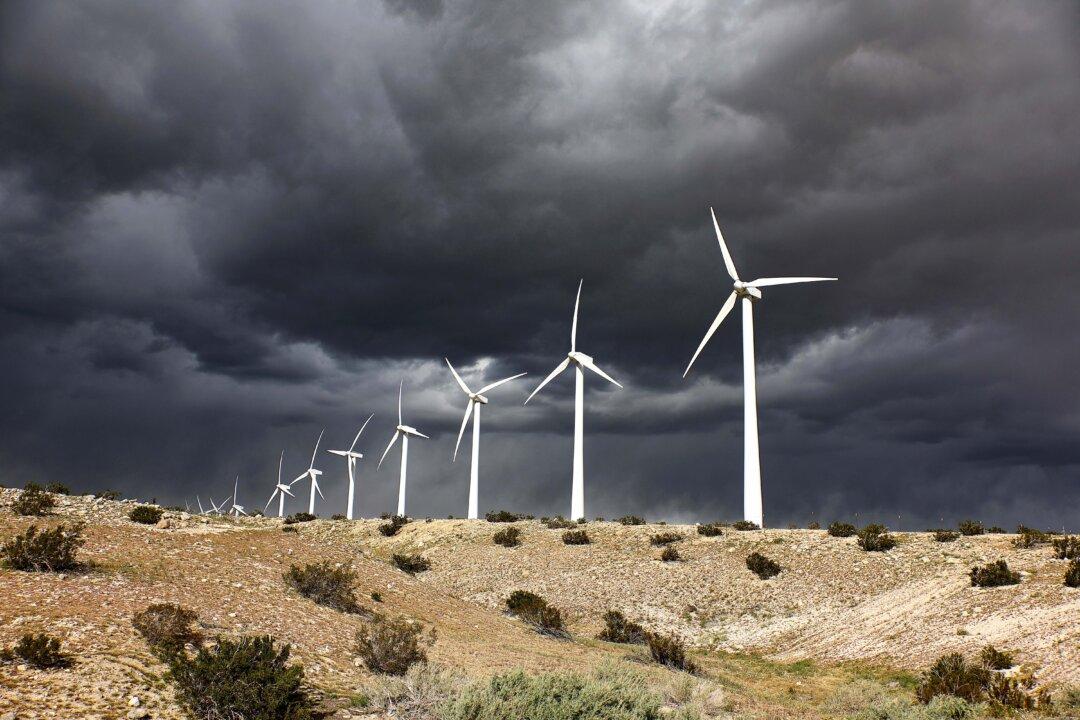As the United States rushes to reduce carbon emissions, energy executives worry reliability of the power grid is in peril. That concern was repeated numerous times Thursday in Pittsburgh during a joint hearing of Pennsylvania and Ohio state lawmakers about the PJM electric grid.
PJM coordinates the movement of wholesale electricity in all or parts of 13 states and the District of Columbia to assure electric reliability—that the power is always there when desired. It is one of seven regional transmission organizations or independent system operators throughout the United States. There are two others operating in Canada.





